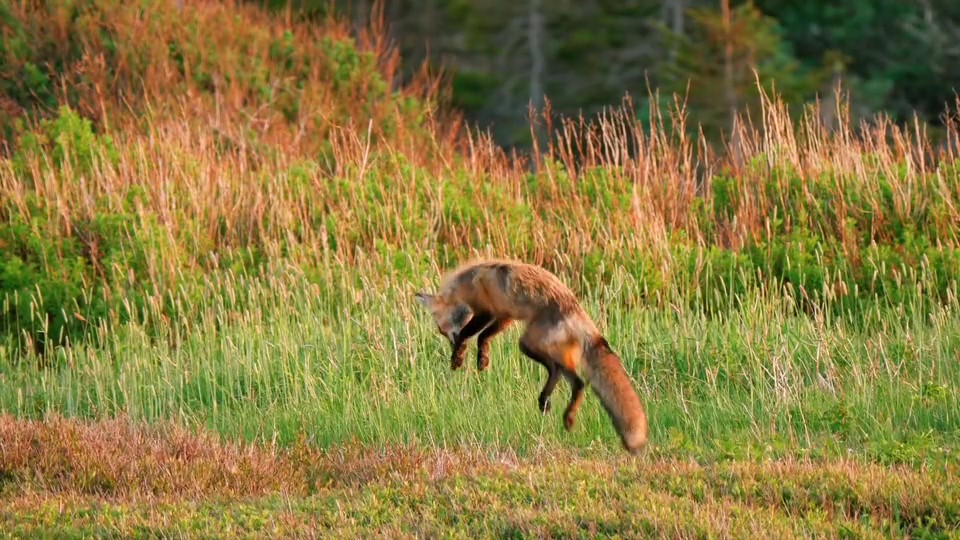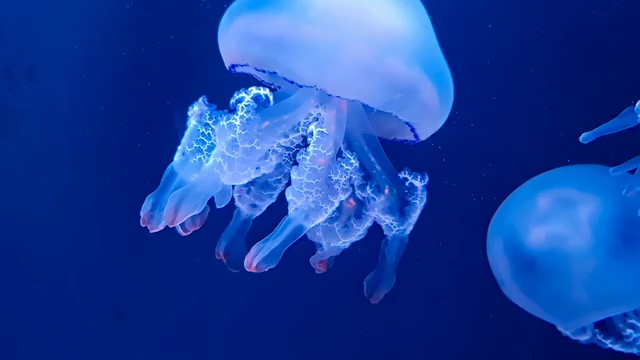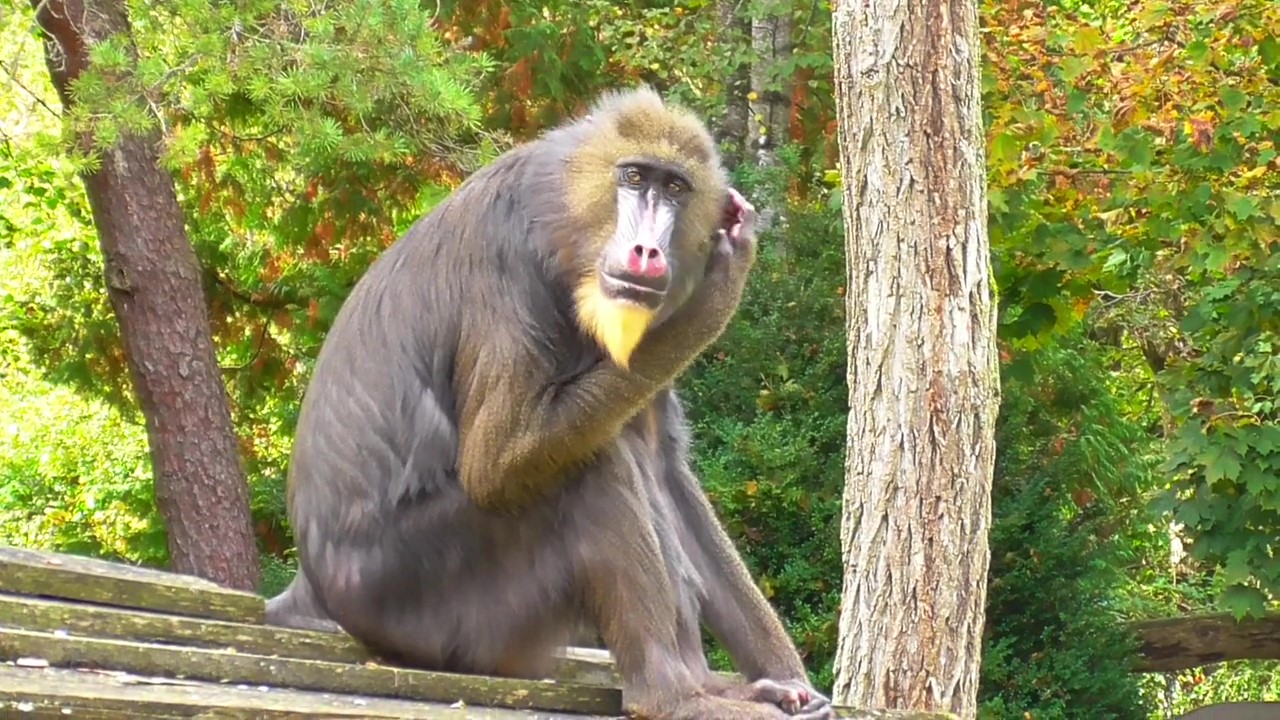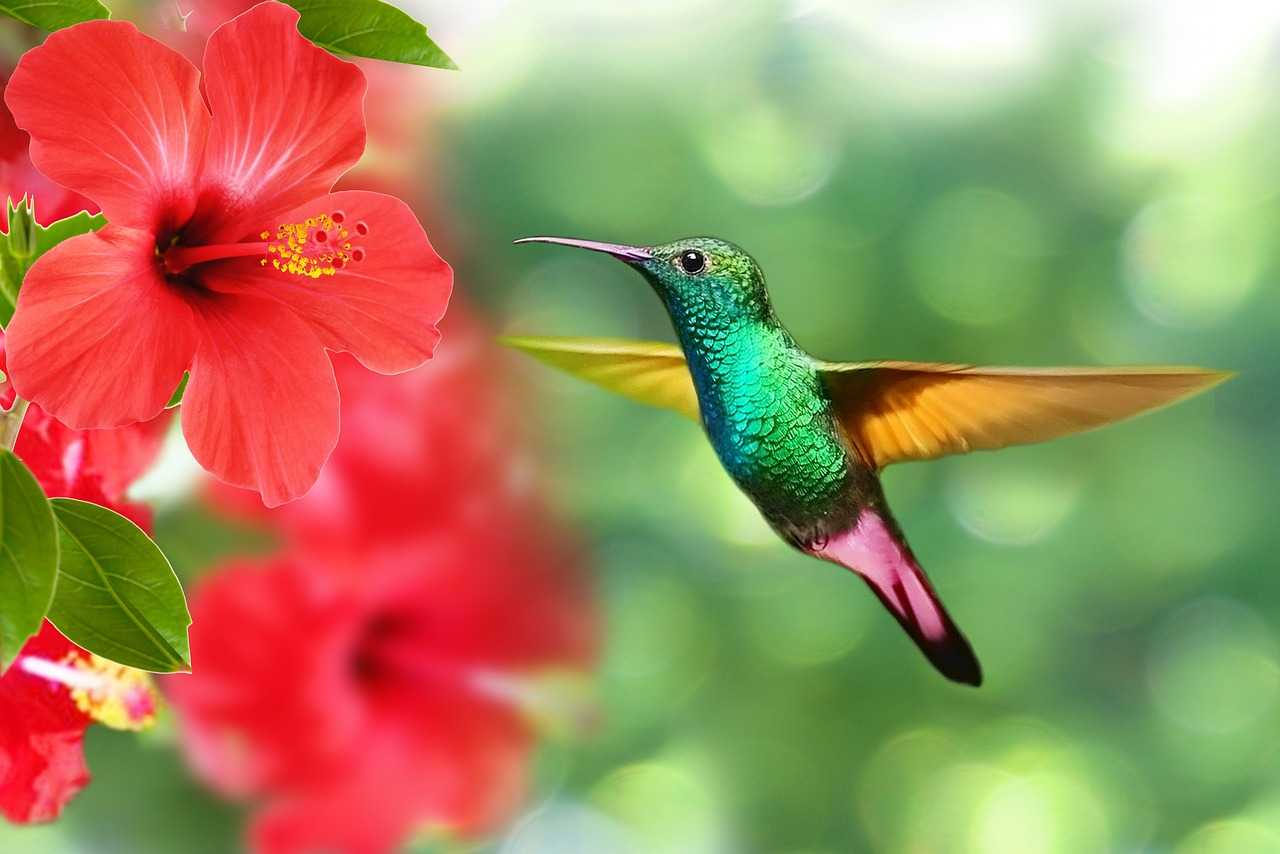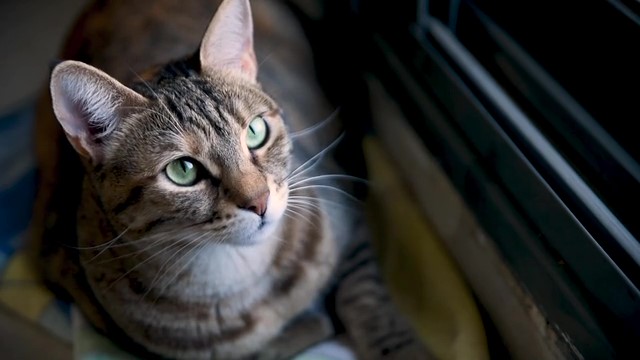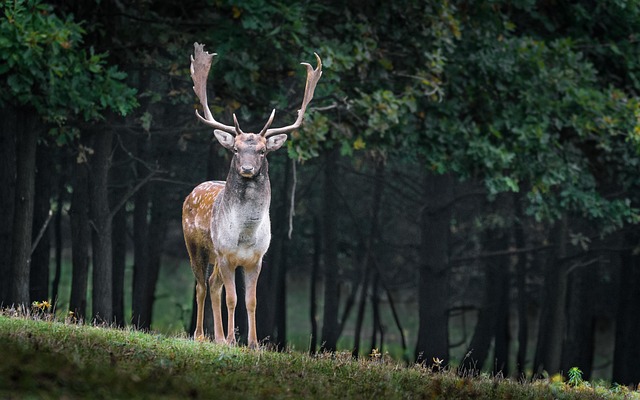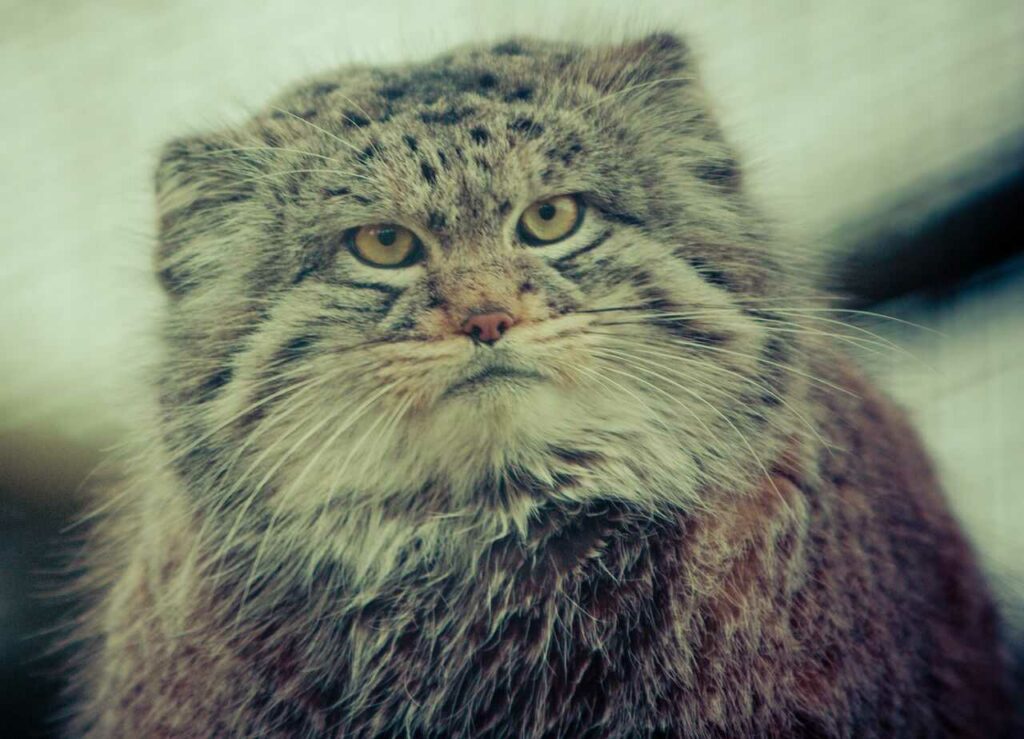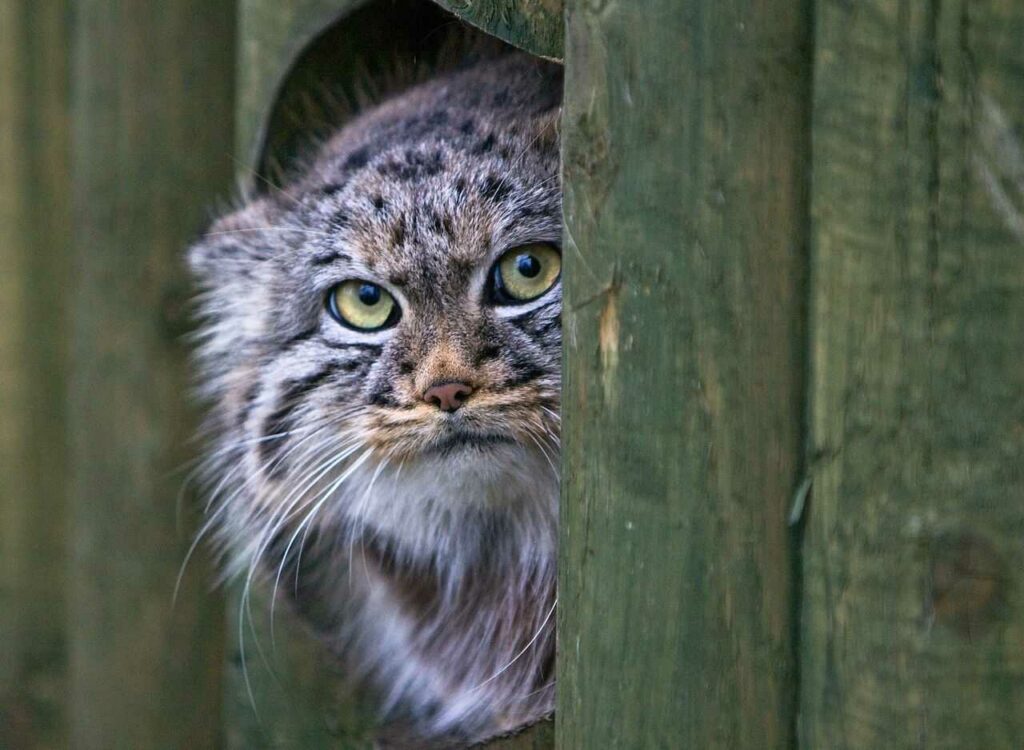
Pallas's Cat
Pallas's Cat
Pallas's Cat
Have you ever heard of a animal called a pallas's cat, which is characterized by its fluffy fur and stubby body shape? Since they are only kept in a limited number of zoos, some people may have heard of the pallas's cat for the first time, and not many people may have actually met the real thing. The pallas's cat, also known as the "world's oldest cat," is a very interesting animal that adapts to living in an environment that can sometimes reach minus 50°C. Let's take a peek together in this article to see what characteristics and secrets the pallas's cat has!
Pallas's Cat Basic Infomation

Mammalia-Carnivora-Felidae.
Length:male 54~57cm female 46~53cm Weight:male 3.3~5.3Kg female 2.5~5Kg
The pallas's cat is a small wild feline that lives in the cold regions of Central Asia.
It is an old type of cat that is thought to have survived for about 6 million years, and is sometimes referred to as the "world's oldest cat".It has long light to dark gray hair, a stocky body, and two lines that go into its face, which are unique features not seen in other felines.
Pallas's cats reach sexual maturity and are able to breed at about 9-10 months of age, regardless of gender.
The gestation period is about 66-75 days, and from April to May, they prepare for delivery in their burrows. It is said to give birth to one to five babies in a single birth.
Children are on their own when they are four to five months old, but the mortality rate is very high, and it is said that about 68% of children die before they can be on their own.
Pallas's Cat Q&A

What is the origin of the name pallas's cat?
It is called "pallas's cat" in English and "manuruneko" in Japanese, but this time I would like to introduce the origin of the name "manuruneko" in Japanese.
The name "manuru" means "small wildcat" in Mongolian, and it is said that the local name became the name of the animal, and the name is thought to have taken root in Japan.
※In Japanese, the word "neko" means "cat.
The scientific name is "otocolobus manul", which means "small wildcat with short ears".
As a side note, the pallas's cat was once classified in the same cat genus as the domestic cat and the african wildcat.
However, because of its unique morphology and ecology, as well as its unique genes, the cat is now classified in the Otocolobus genus, which is also the origin of its scientific name.
※At present, the only animal classified in this otocolobus genus is the pallas's cat.

Why do the pallas's cats live there?
Pallas's cat live in a wide area of Central Asia, from southern Siberia to Iran and Afghanistan. They can adapt to a variety of environments, and in addition to deserts and plains such as Steppes, some individuals live at altitudes of over 3,000 meters.
However, the environment is generally harsh in the areas where the pallas's cats live, sometimes reaching minus 50 degrees Celsius, and they are also home to their natural enemies, birds of prey and foxes.
I didn't know the detailed reason why the pallas's cat lives in such a harsh environment or why it chose this place as its home.
However, even if we humans don't understand it, I'm sure there is a deep reason why pallas's cat herself dared to adapt her body to the harsh environment and chose it as her home.

What do the pallas's cats eat?
Pallas's cats are carnivorous animals, and in the wild, they prey on small animals such as rabbits (naki rabbits, hares, etc.) And rodents (japanese grass voles, hamsters, ground squirrels, etc.).
They sometimes eat birds, lizards, and other reptiles, but because of their small size, they almost never attack large mammals or livestock.
Pallas's cat hunting is mostly done at dawn and evening when the surrounding area is dimly lit, when their natural enemies, birds of prey, are inactive.
Many of the pallas's cats hunt "creepy" cats, which approach and catch their prey without making a sound.
However, in the winter when there is little prey, they sometimes hunt in the "ambushes" where they wait patiently near their prey burrows.
In addition, the zoo seems to feed horses, chicken, mice, and chicks to the pallas's cats.

What kind of personality does a pallas's cat have?
Pallas's cats are wild animals and carnivores, but they also have many natural enemies and are in a position to be eaten themselves. They are very cautious and do not attack people. Instead, they have almost no nostalgia for it.
Basically, they hide in the shadows even in captivity, and often show their large canine teeth from the shadows to intimidate you, so they don't rub up on you or pose unprotected like a domestic cat.
However, the female pallas's cat "Polly" kept in the Nasu Animal Kingdom in Tochigi Prefecture, Japan, is very friendly and follows the keeper whenever she sees him.
This behavior is very rare and is said to be the exception of the exceptions.This is because this kind of behavior is not seen in normal pallas's cats.

Why does the pallas's cat look like a stuffed animal?
The pallas's cat is about the same size as a domestic cat, has very long hair, and has a stubby body like a stuffed animal. So why does the pallas's cat look like this?
The area where the pallas's cat lives is a very harsh environment, with temperatures sometimes reaching minus 50 degrees Celsius in winter. In order to survive in it, the pallas's cat protects itself from the cold by growing its winter hair very long and densely.
In addition, pallas's cats have a habit of eating a lot of food before winter, gaining weight, and storing plenty of fat, which acts as a natural coat. Therefore, the combination of fluffy winter hair and a larger body makes a pallas's cat look one or two sizes bigger in winter than a pallas's cat in summer.
It's interesting to think that the plush look of a pallas's cat hides secrets to survive in a harsh environment.

Why do the pallas's cats look different from the other cats?
If you look closely at the face of a pallas's cat, it looks like it has a higher forehead and lower ears than other cats. However, the fact is that your forehead is not high, but your eyes are high up, making you look unique.。
Pallas's cat hunts by hiding in a large rocky area and only showing their eyes, carefully aiming for the moment when their prey is caught off guard.
Pallas's cat hunts by hiding in a large rocky area and only showing their eyes, aiming for the moment when their prey is caught off guard.
Thanks to its unique face, the pallas's cat can observe its prey closely without showing its ears.
Because of this habit, the pallas's cat is thought to have evolved into a unique face.

Why is the hair of a pallas's cat gray?
"Why do the pallas's cats look different from the other cats?" As I explained in the headline, there are many large rocky areas where pallas's cats live.
In such a place, the gray fur of the pallas's cat protects the life of the pallas's cat by becoming a wonderful protective color that is difficult to notice by both prey and natural enemies.
By the way, the winter hair of the pallas's cat is basically gray and fluffy, but when it comes to summer hair, many individuals have a reddish tint. In Central Asia, there are sometimes individuals with reddish-brown bodies that do not look like pallas's cats at first glance.
Also, when the pallas's cat finds an enemy, it stops moving and goes belly up on the spot, trying to get through it.
Then, the fur of the pallas's cat blends into the rocky area beautifully, and raptors and foxes that look for prey with their eyes do not know where the pallas's cat is.
For a pallas's cat that is not good at running, the biggest way to protect itself is to mimic rocks.

Can I keep a pallas's cat as a pet?
Recently, the pallas's cat has been featured more and more on social networking sites and TV programs, and its indescribable cuteness is slowly growing in popularity.
Some people may be tempted to keep a manure cat when they see a cute animal, but is it possible for an individual to keep a pallas's cat as a pet?
The pallas's cat is treated as a member of the feline and is listed in "Appendix II" of the Washington Convention.
It does not mean that the animals listed in Appendix II will soon become extinct. However, it is said that if transactions are not regulated, they may become extinct in the future. On the other hand, when it comes to trading for commercial purposes, they are positioned in a complex position that it is not impossible.
However, since permission and documents from the country of export are required, and since the pallas's cat is an internationally protected animal, it is best not to assume that it can be easily purchased or imported.
In addition, it is almost impossible to keep pallas's cats in general households because of their susceptibility to infectious diseases.
The high altitude mountains where pallas's cats live are a harsh environment for animals to live in, and there are almost no germs that can become pathogens.
Therefore, even if they are thoroughly sterilized and disinfected in zoos, they are likely to suffer from some kind of infection, and the pallas's cat is a difficult animal to keep even for professionals.
In many cases, especially among kittens with weak immune systems, infection can kill them in no time.
Pallas's cats have a very adorable appearance, and some people may want to keep them as pets.
However, in order to protect the life of a pallas's cat, I sincerely hope that people will love it not by keeping it as a pet, but by going to the zoo to see it or watching the photos and videos posted on social networking sites.

How long does a pallas's cat live?
The lifespan of a pallas's cat is thought to be up to 10 years in the wild (average 5 years) and 11-12 years in captivity.
Incidentally, the oldest pallas's cat in Japan lived to be 12 years and 4 months old with the female "Pecky" that was kept at the Kobe Municipal Oji Zoo in Hyogo Prefecture until December 2019.
Pecky was doing well despite his advanced age, but unfortunately he died suddenly of heart failure.

What kind of enemies does pallas's cat have?
Their natural enemies in the wild are large birds of prey (eagles and hawks) and foxes (red foxes and corsac foxes).
However, in fact, for the pallas's cat, our biggest enemy is us humans.
Many pallas's cats have been caught for a long time to get good quality fur. In the 1980s, international trade in the fur of the pallas's cat was regulated, but even now, domestic trade in its habitat is not prohibited and hunting continues.
It is also not uncommon for them to be killed by humans' dogs, or to die in wolves or fox traps set by humans.
At the moment, it is believed that the pallas's cat will not become extinct immediately, but the population is thought to be on a downward trend due to the effects of overfishing and habitat development.
Although the pallas's cat is designated as a semi-endangered species, if hunting continues and its habitat is destroyed, the pallas's cat may eventually become an animal that can only be seen in books and videos.

Would you like to become a part of the 'Animalbook.jp'?
Turn your knowledge into Q&A and share it with the world. ※Publication will be activated after purchase. Let's share information together!
Pallas's Cat Type of List

- Pallas's Cat
Information
Congratulations! You are the first commenter!

Would you like to leave a comment?
※Please note: This is for the purchase of rights to post comments within the article.

Find Your Favorites!
Our shop offers a unique and attractive selection of goods themed around various animals.
Pallas's Cat References

- 今泉 忠明(2004年)『野生ネコの百科』データハウス
- ルーク・ハンター,プリシラ・バレット(2018年)『野生ネコの教科書』エクスナレッジ
- ORICON NEWS「人気の“マヌルネコ”育成は波乱万丈、「守りたい」飼育員が語る壮絶現場」 https://www.oricon.co.jp/special/53771/
- 東京ズーネット「どうぶつ図鑑 マヌルネコ」 https://www.tokyo-zoo.net/encyclopedia/species_detail?code=90
- 毎日新聞「国内最高齢のマヌルネコ死ぬ 神戸・王子動物園」 https://mainichi.jp/articles/20191221/k00/00m/040/200000c
- 那須どうぶつ王国「マヌルネコ」 https://www.nasu-oukoku.com/animals/town/asia/post-9.html
- 那須どうぶつ王国「オフィシャル・ブログ マヌルネコ誕生記録2」 https://www.nasu-oukoku.com/official-blog/2019/07/2.html
- livedoor NEWS「あなたの「飼いたい」が動物を絶滅させる とある動物園に掲示されたメッセージが深い」 https://news.livedoor.com/article/detail/17033491/
- Twitter「東京ズーネット[公式]」 https://x.com/TokyoZooNet_PR/status/980442903943135233
- 神戸新聞NEXT「“希少もふもふ”が仲間入り 神戸どうぶつ王国に世界最古のネコ」 https://www.kobe-np.co.jp/news/sougou/202002/0013144666.shtml
Pallas's Cat Introduction of media used
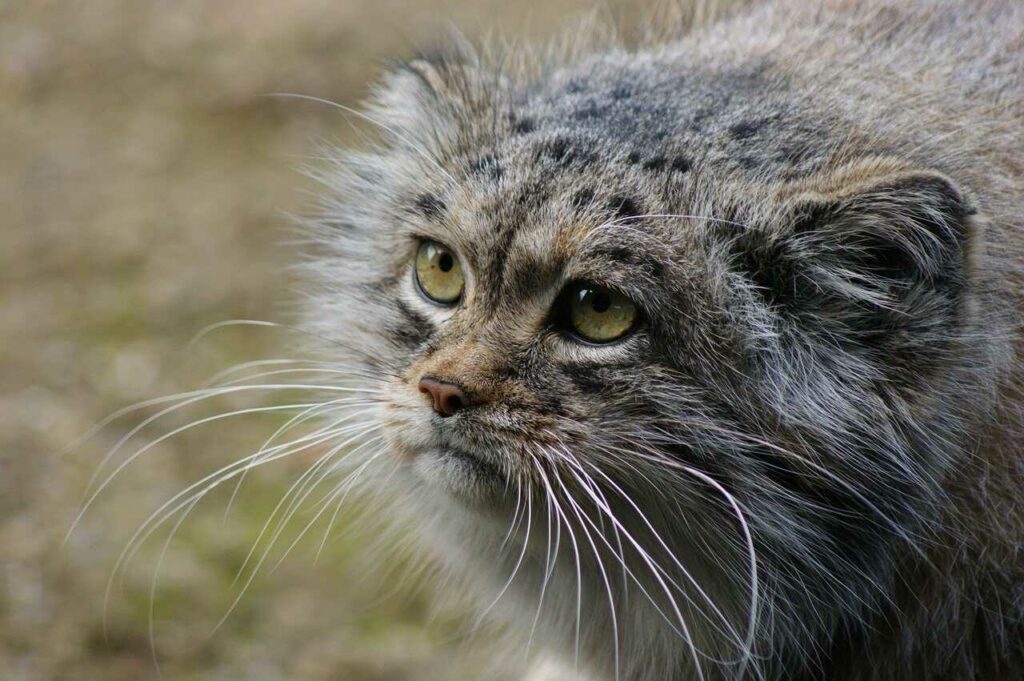
出典:https://pixabay.com/images/id-3963081/
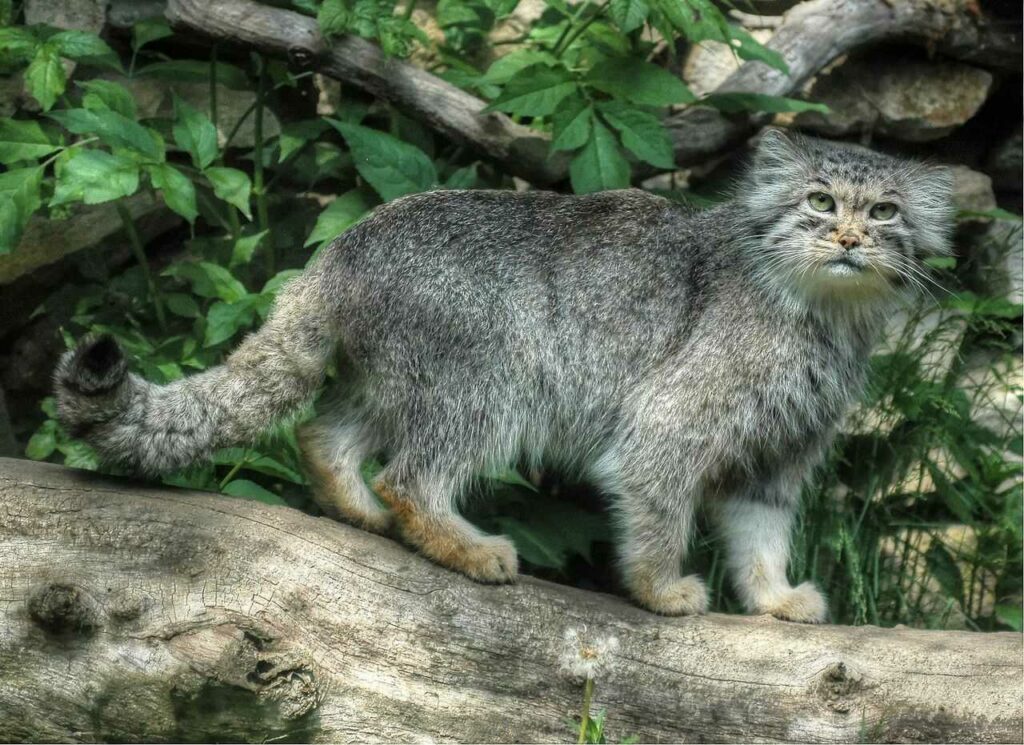
出典:https://commons.wikimedia.org/wiki/File:2018-Manul01.jpg
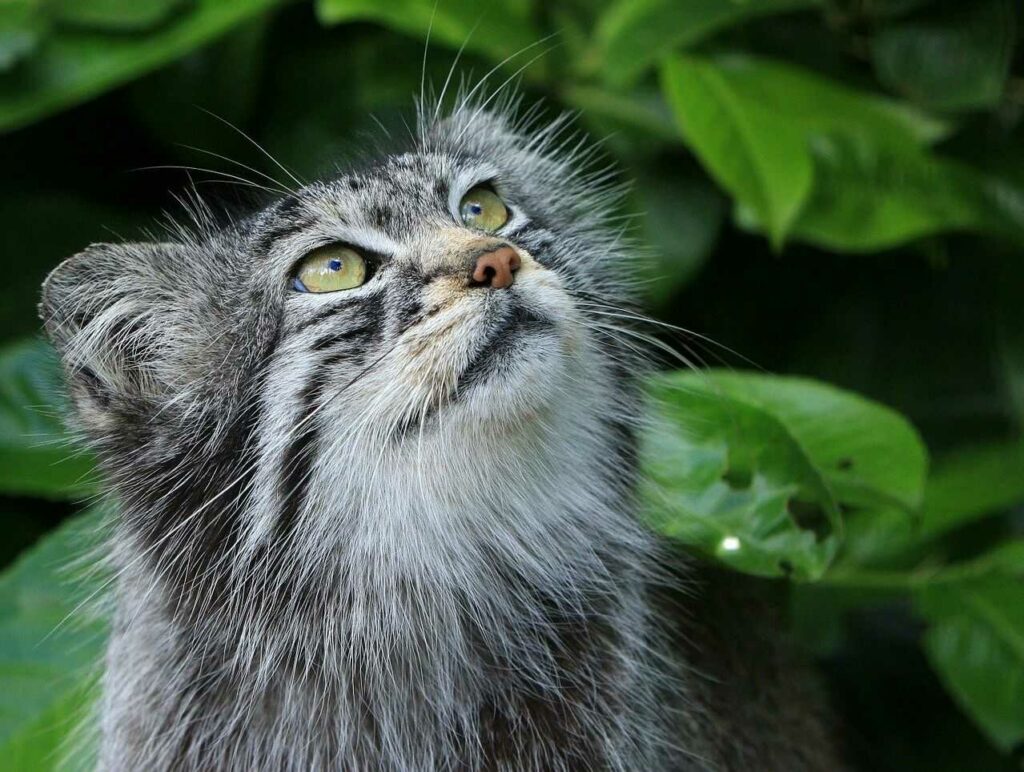
出典:https://pixabay.com/images/id-275930/
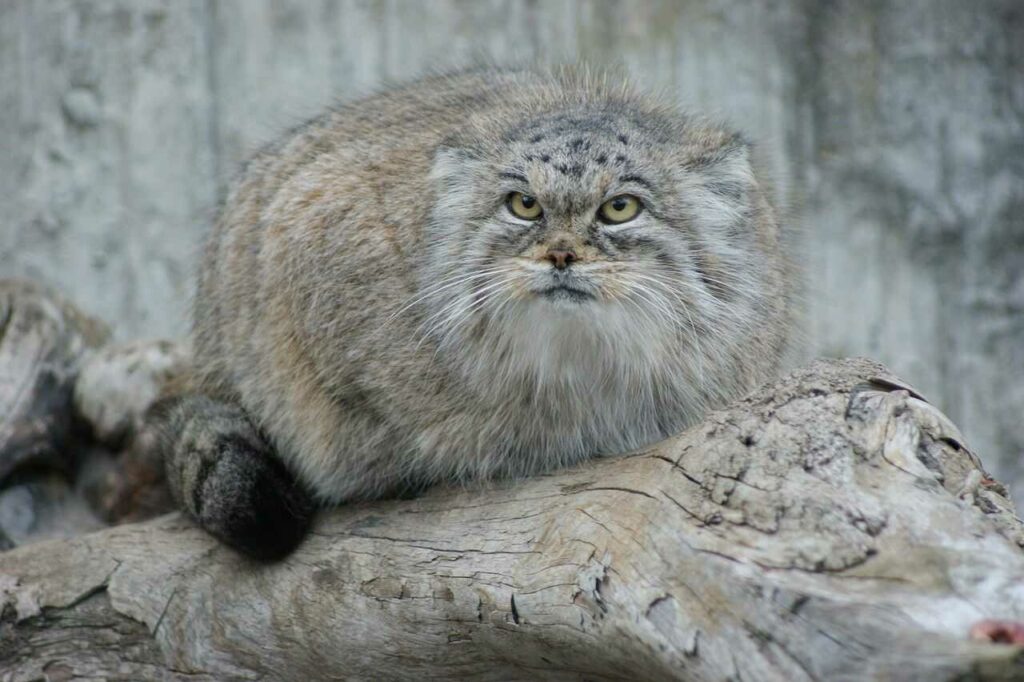
出典:https://commons.wikimedia.org/wiki/File:Manul_close.jpg
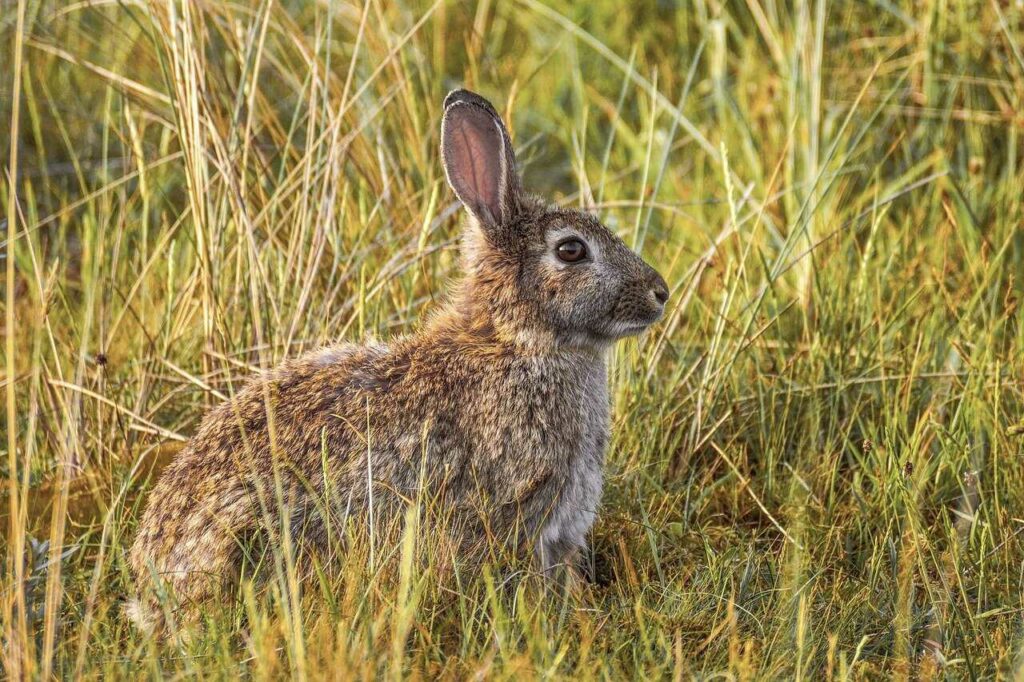
food
出典:https://pixabay.com/images/id-4037325/
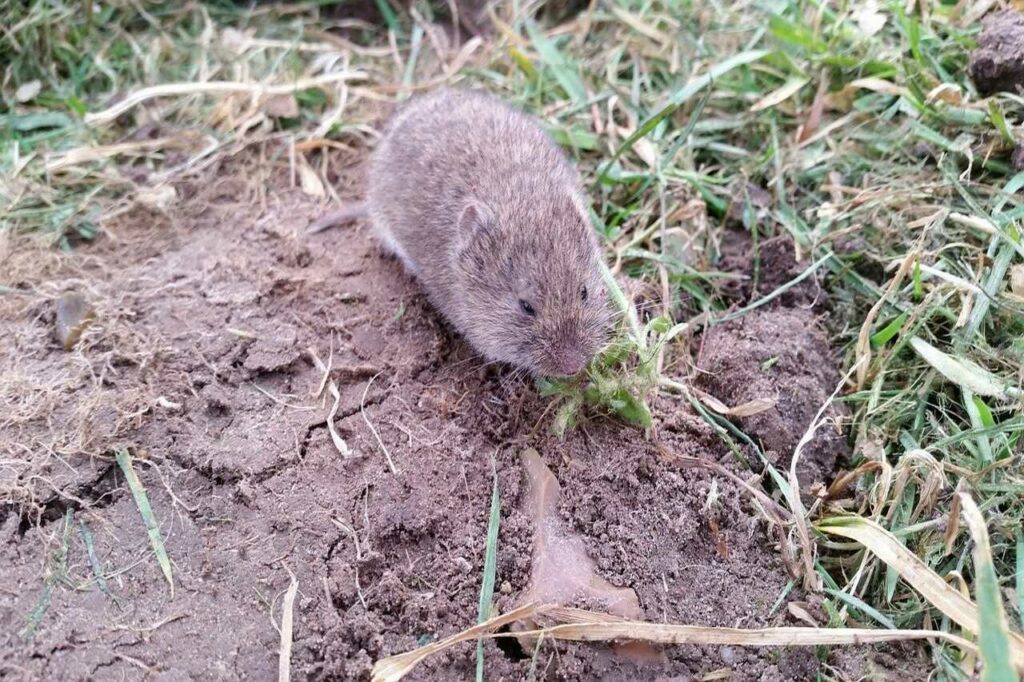
food
出典:https://pixabay.com/images/id-688254/
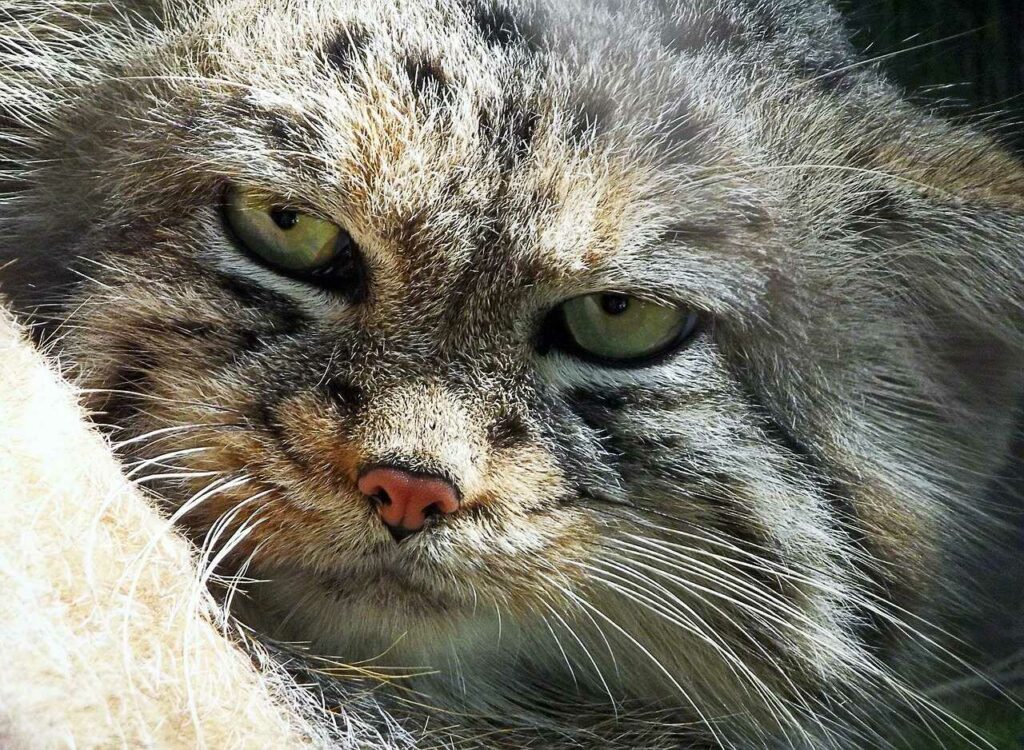
出典:https://pixabay.com/images/id-520789/
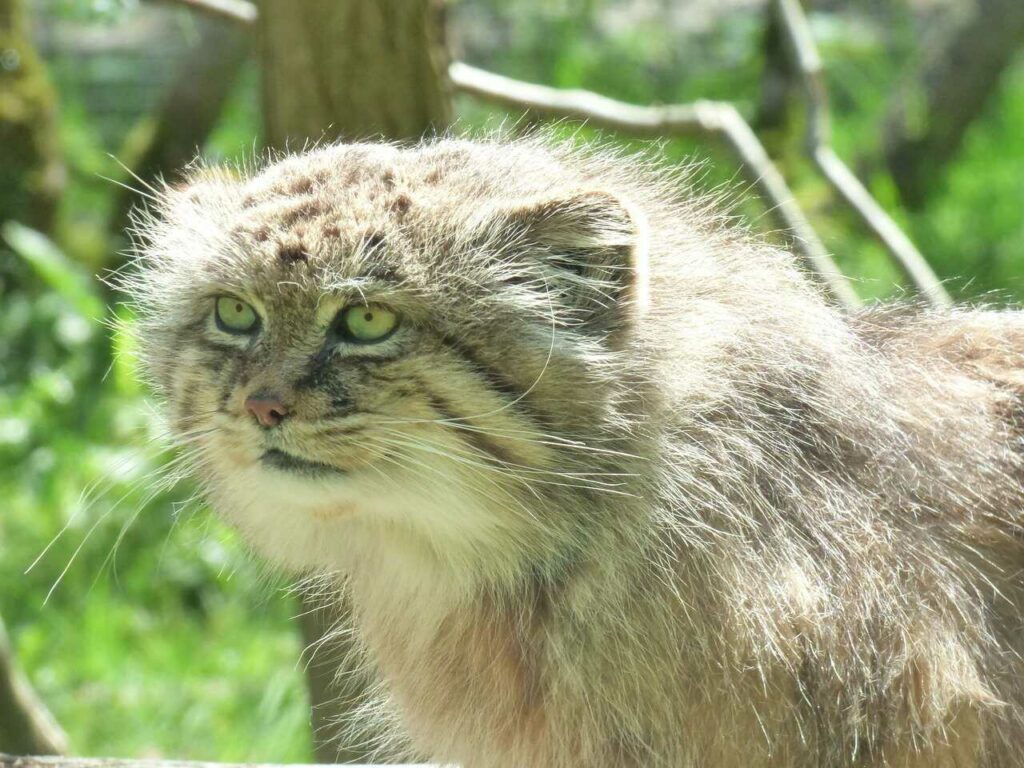
出典:https://pixabay.com/images/id-1339837/
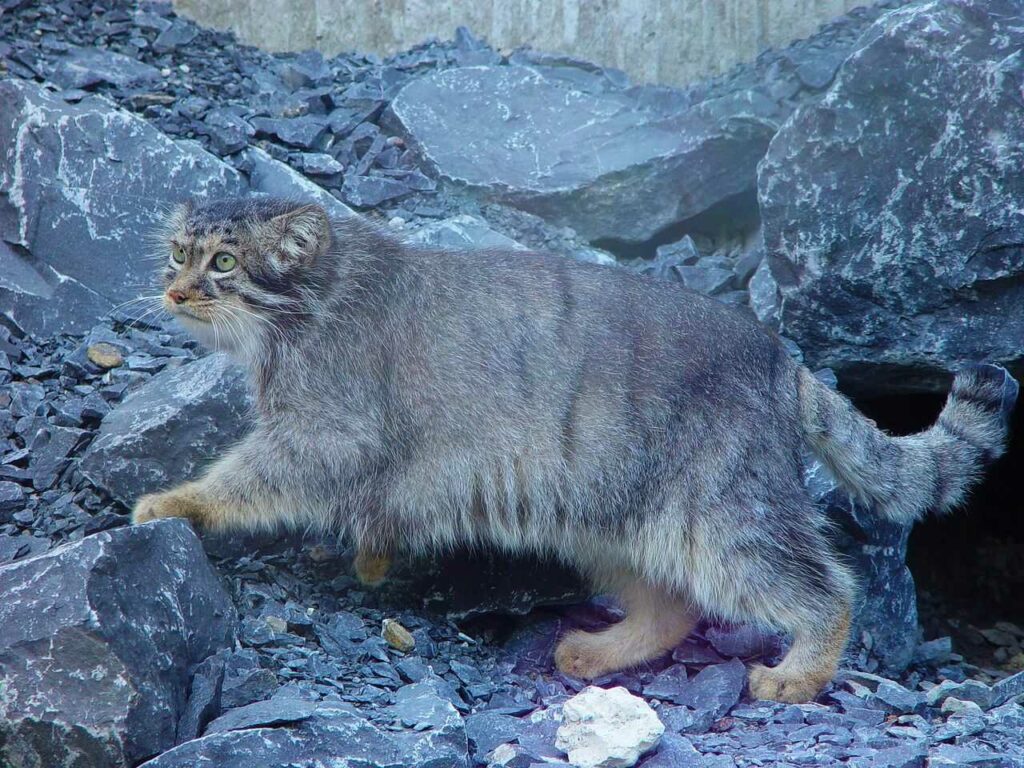
出典:https://commons.wikimedia.org/wiki/File:Manul1.jpg
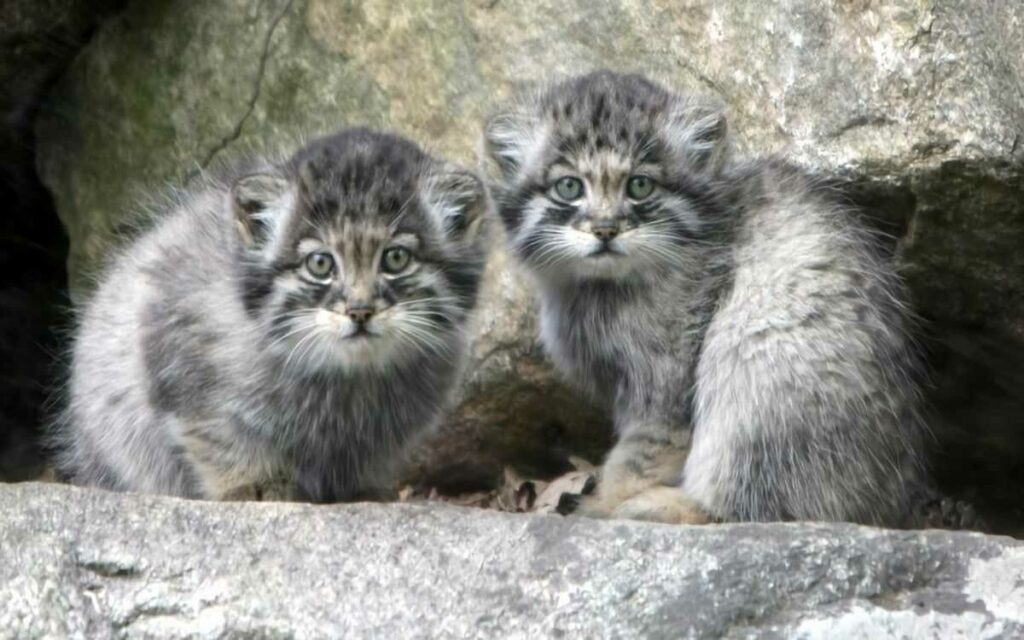
出典:https://commons.wikimedia.org/wiki/File:Manul_kittens.jpg
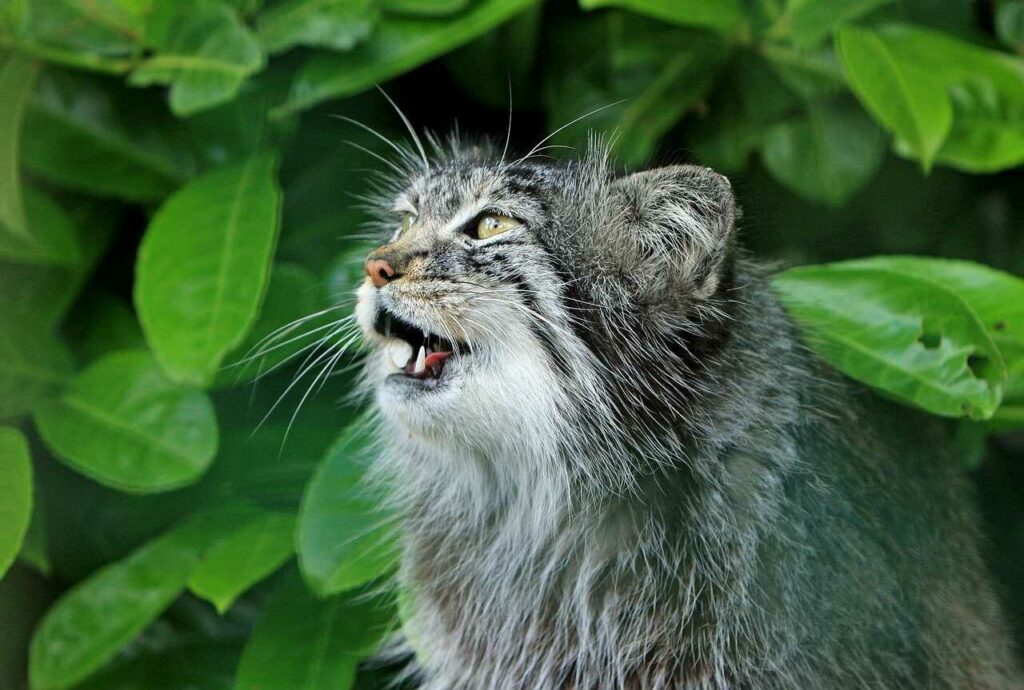
出典:https://pixabay.com/images/id-164371/
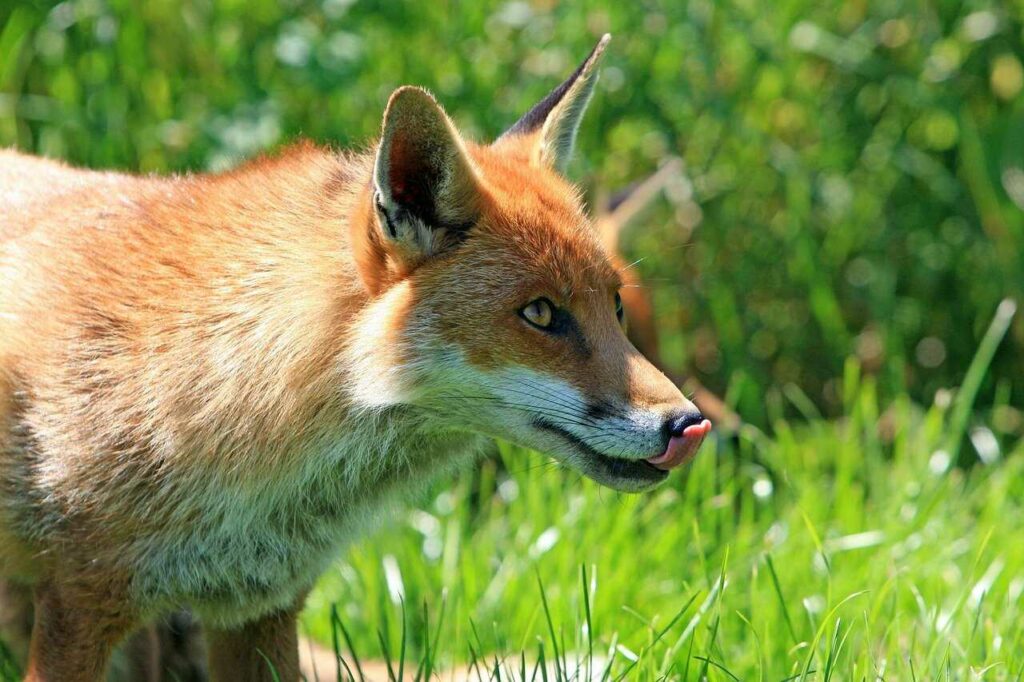
enemy
出典:https://pixabay.com/images/id-275961/
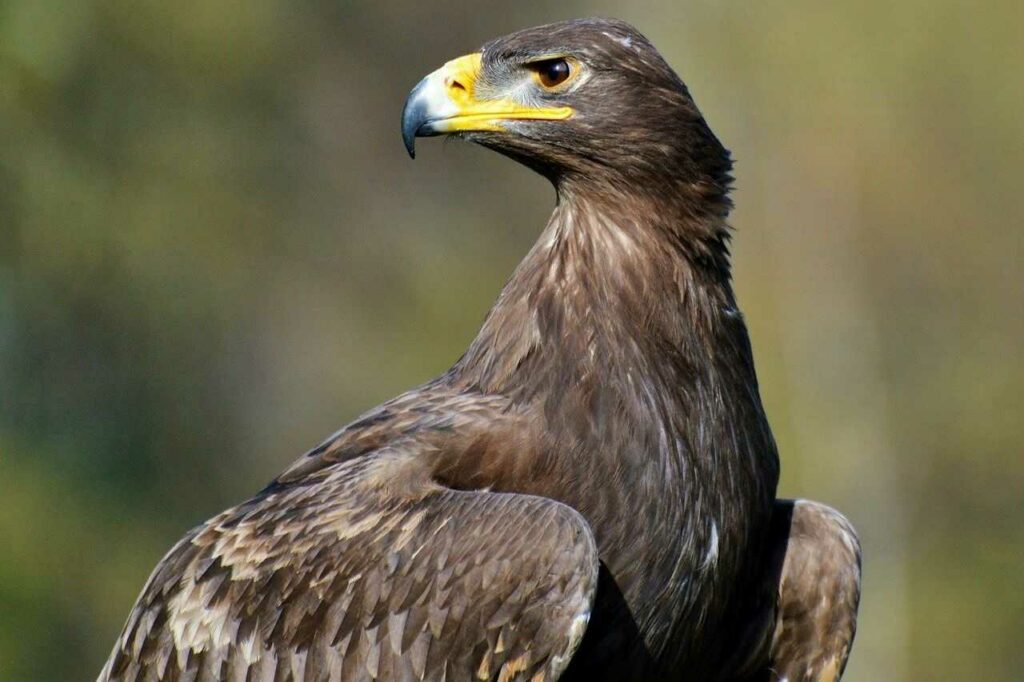
enemy
出典:https://pixabay.com/images/id-3089534/

Help Enrich Our Animalbook.jp with Your Media!
We are constantly looking to expand and enrich our Animalbook.jp with amazing photos and videos of animals. If you have any media that you'd like to share, please contribute and help us showcase the beauty and diversity of the animal kingdom. Your submissions will be credited and featured in our encyclopedia, reaching a wide audience of animal lovers.

